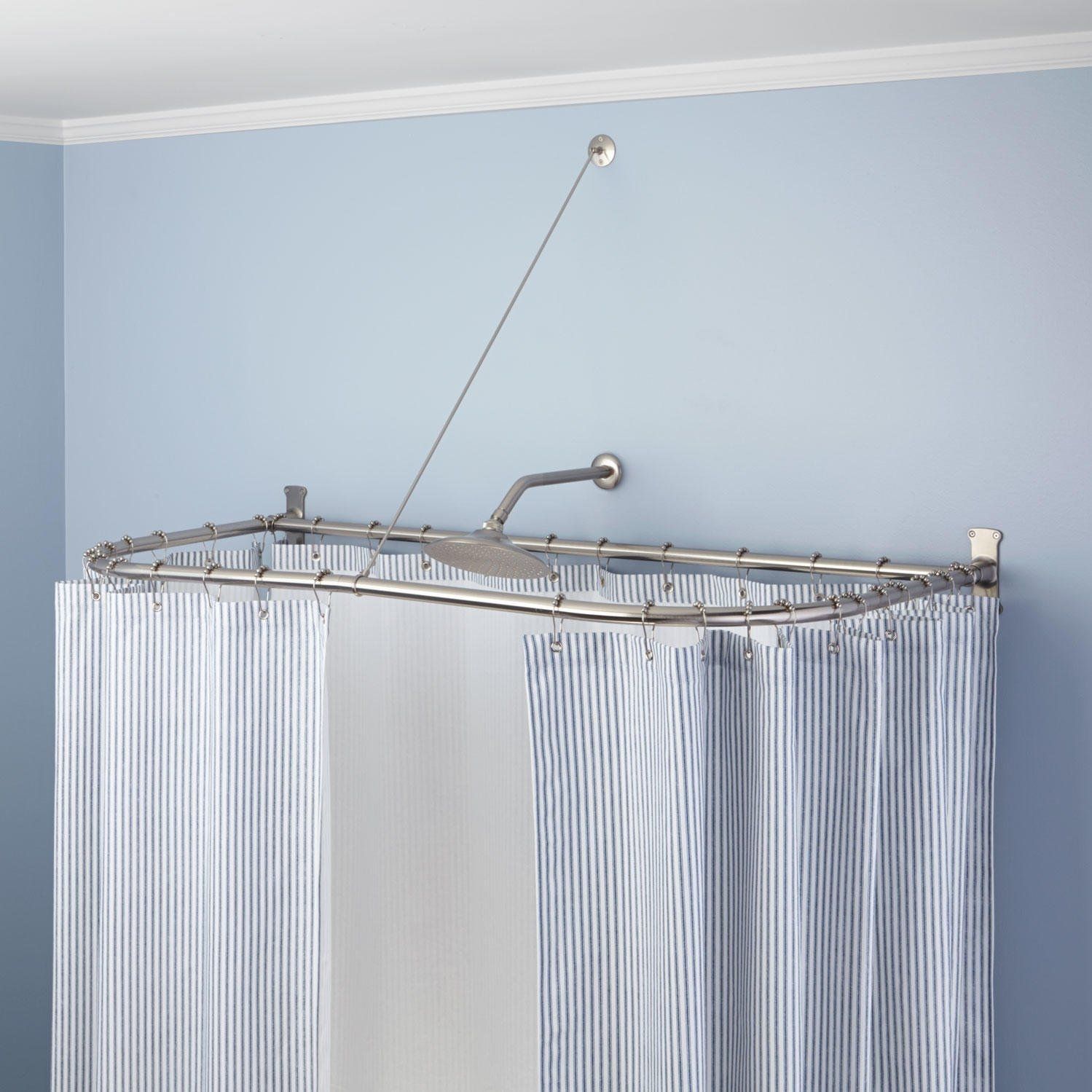Tired of feeling cramped in your corner shower? An L-shaped shower rod might be the perfect solution. This guide covers everything from choosing the right size and material to installing it yourself, helping you maximize space and elevate your shower’s style. [https://www.wavesold.com/#understanding-your-needs]
Understanding Your Needs [https://www.wavesold.com/#understanding-your-needs]
Before you buy, grab a tape measure. Measure both walls where the rod will go, adding an inch or two for overlap. Consider a double rod for a liner and decorative curtain. A standard L-shape is common, but a curved L-shape [https://www.wavesold.com/#why-choose-a-curved-rod] offers even more space.
Choosing the Right Materials & Mounting [https://www.wavesold.com/#choosing-materials-mounting]
Materials:
- Stainless Steel: Durable, rust-resistant, but pricier.
- Aluminum: Lightweight, affordable, but potentially less durable.
- Plastic: Economical, but may crack over time.
Mounting:
- Tension: Easy to install (no drilling), but less stable.
- Fixed: Requires drilling, but very sturdy.
- Ceiling-Supported: Great for large showers or extra support.
Installation Guide [https://www.wavesold.com/#installation-guide]
- Gather Your Tools: Rod, drill (if needed), screws, anchors, level, pencil.
- Mark Your Spots: Use your measurements and a level to mark bracket locations.
- Drill and Anchor: If using a fixed or ceiling-supported rod, drill pilot holes and insert anchors.
- Secure the Brackets: Screw the brackets tightly into the wall or ceiling.
- Attach the Rod: Slide the rod onto the brackets, ensuring it’s level and secure.
- Test It Out: Gently tug the rod to check its stability.
Troubleshooting [https://www.wavesold.com/#troubleshooting]
- Sagging: Tighten screws or consider a fixed mount.
- Rust: Stainless steel is your best bet against rust. Regular cleaning prevents mildew.
Alternatives & Related Products [https://www.wavesold.com/#alternatives-related-products]
Consider curved rods [https://www.wavesold.com/#why-choose-a-curved-rod] or standard rods with corner connectors. Complete your setup with shower curtains, liners, rings, and a caddy.
Why Choose a Curved Rod? [https://www.wavesold.com/#why-choose-a-curved-rod]
Curved rods offer 25-33% more showering space, reduce splashing, and add a stylish touch. They’re ideal for curved tubs. However, they can make small bathrooms feel cramped and are usually more expensive.
When Not to Use a Curved Rod [https://www.wavesold.com/#when-not-to-use-a-curved-rod]
Avoid curved rods in small bathrooms, small shower stalls, or with rectangular showers/tubs. They can also present installation and cleaning challenges. Consider a straight rod for minimalist designs or budget constraints.
How to Measure for an L-Shaped Shower Rod [https://www.wavesold.com/#how-to-measure]
- Preparation: Determine single vs. double rod and standard vs. curved L-shape.
- Straight Sections: Measure each wall, adding 1-2 inches for overlap.
- Inside Corners: Measure from the corner outwards along each wall.
- Outside Corners (if applicable): Measure similarly to inside corners.
- Curved Rods: The manufacturer usually provides this measurement.
Material Considerations [https://www.wavesold.com/#material-considerations]
| Material | Pros | Cons |
|---|---|---|
| Stainless Steel | Durable, resists rust | More expensive |
| Aluminum | Lightweight, affordable | May be less durable |
| Plastic | Most economical | Prone to cracking |
Conclusion
An L-shaped shower rod can transform your corner shower. By following this guide, you can choose and install the perfect rod for your needs, creating a more spacious and stylish showering experience. Leave your comments and questions below!
- Dora the Explorer Wipe-Off Fun: Safe & Mess-Free Activities for Little Explorers - April 18, 2025
- Does Lemongrass Repel Mosquitoes? Fact vs. Fiction + How to Use It - April 18, 2025
- Do Woodchucks Climb Trees?Fact vs. Fiction - April 18, 2025










